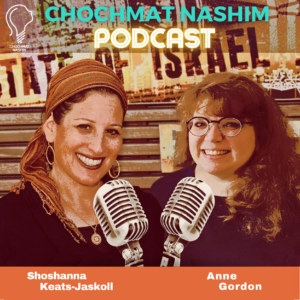
It may be the middle of January in the year 2020, but in shul this week, we are sliding back into Egyptian slavery. Genesis, with its cosmic beginning, family dramas, and covenantal narratives, has come to an end far too soon, and we find ourselves facing the mesmerizing if challenging tale of our national origins. Here it is again: the sudden, crushing oppression, the sighs and gasps of Israelite consciousness, our emerging leaders, the terrifying plagues, God’s might in full force, the hasty exit in the middle of the night. And as with all stories to which we return, there is newness within the familiarity, old ways of reading interlaced with new possibilities. For we are not shaped by the same conditions as we were last year. This year, we may be drawn to new aspects, find ourselves thinking about different elements and flashpoints than before. And so it goes.
But this is not a story like any other. It is not simply a tale of our national origins, an epic account of how we came to be. The exodus story is our container as a people, its contours holding the shape of our essence, our mission, the way we ought to be in the world. Telling this story is mandated by the Torah, it is an imperative. Each year, crowded around our scrubbed down dining room tables, we gather to teach and reteach, listen and listen again, trying our best to inhabit the story, make it our own. The distant past, our ephemeral present, and the unforeseen future fuse through our efforts. As we read, “In each and every generation, a person is obligated to see himself as if he left Egypt..” There is no completion in our telling, no having done it well. We will come back again to it again next year.



©2024 All rights reserved